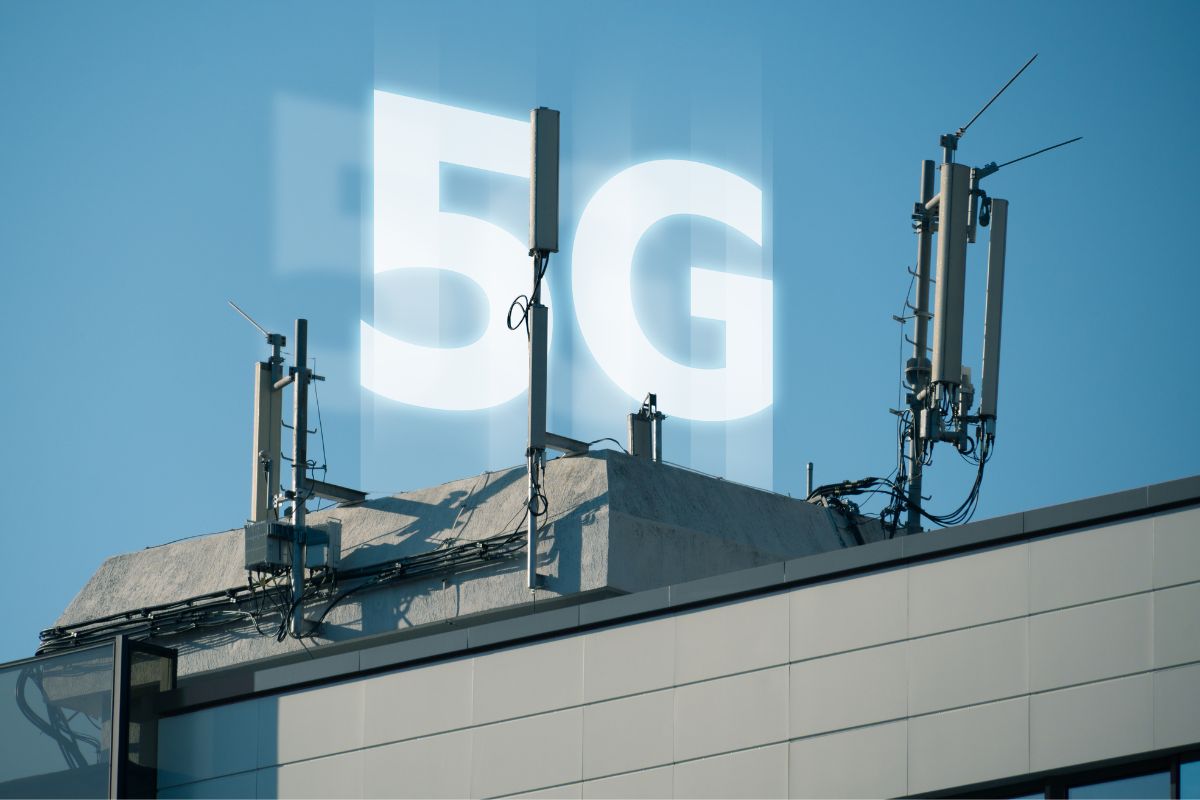India is preparing for the deployment of 5G technology, but only 5% of participants in a poll said they would likely upgrade to the faster mobile network in 2022, and 43% said they would not be ready to pay more than the existing 3G/4G service rate (via ThePrint). A total of 24% of the 9,965 respondents to the LocalCircles social media community platform study said they had no plans to buy a new 5G gadget in the near future. Only 4% of respondents said they planned to buy fresh, appropriate 5G phones this year, while 20% said they already owned a device that supported 5G services. In the first half of 2023, another 12% of buyers planned to buy a 5G-capable smartphone, while 8% did so in the second half. About 10% of respondents directly plan to get a new 5G phone in 2024.
Customers in India Might Have To Wait To Use True 5G
Indian consumers may have to wait a little longer to experience “real” 5G as they will first get the services that run on 4G telecom infrastructure, also known as non-standalone (NSA) 5G, according to the report. This is despite the fact that the Indian government has pushed telecom operators and handset manufacturers to update with the most recent technologies for smooth 5G buildout at the earliest opportunity. 43% out of the 10,019 people revealed that they would be willing to pay up to 10% more than the current rate for tariffs with 5G. Just 10% supported spending 10–25% more money, and only 2% supported paying 25–50% more in tariffs. The LocalCircles survey also aimed to identify what Indian mobile customers anticipate from the 5G network. 19% of the almost 10,000 respondents said they anticipated fewer call drops and network issues, while 12% expressed anticipation for faster data transfer rates. A very small percentage of 5% of respondents expressed a desire for increased data network accessibility, while 3% expressed hope for a decline in spam and other unwanted calls and messages. While deciding to migrate to a 5G network, 39% of participants say that a resolution to each of these issues is crucial. The remaining 5% were certain that 5G would fix these issues. More than 29,000 respondents from 318 districts across India who use mobile services responded to the survey. These respondents made up 64% of men and 36% of women, 47% of participants, or little less than half, were from Tier 1 cities, 34% from Tier 2, and 19% from Tier 3, Tier 4, and other rural regions.
